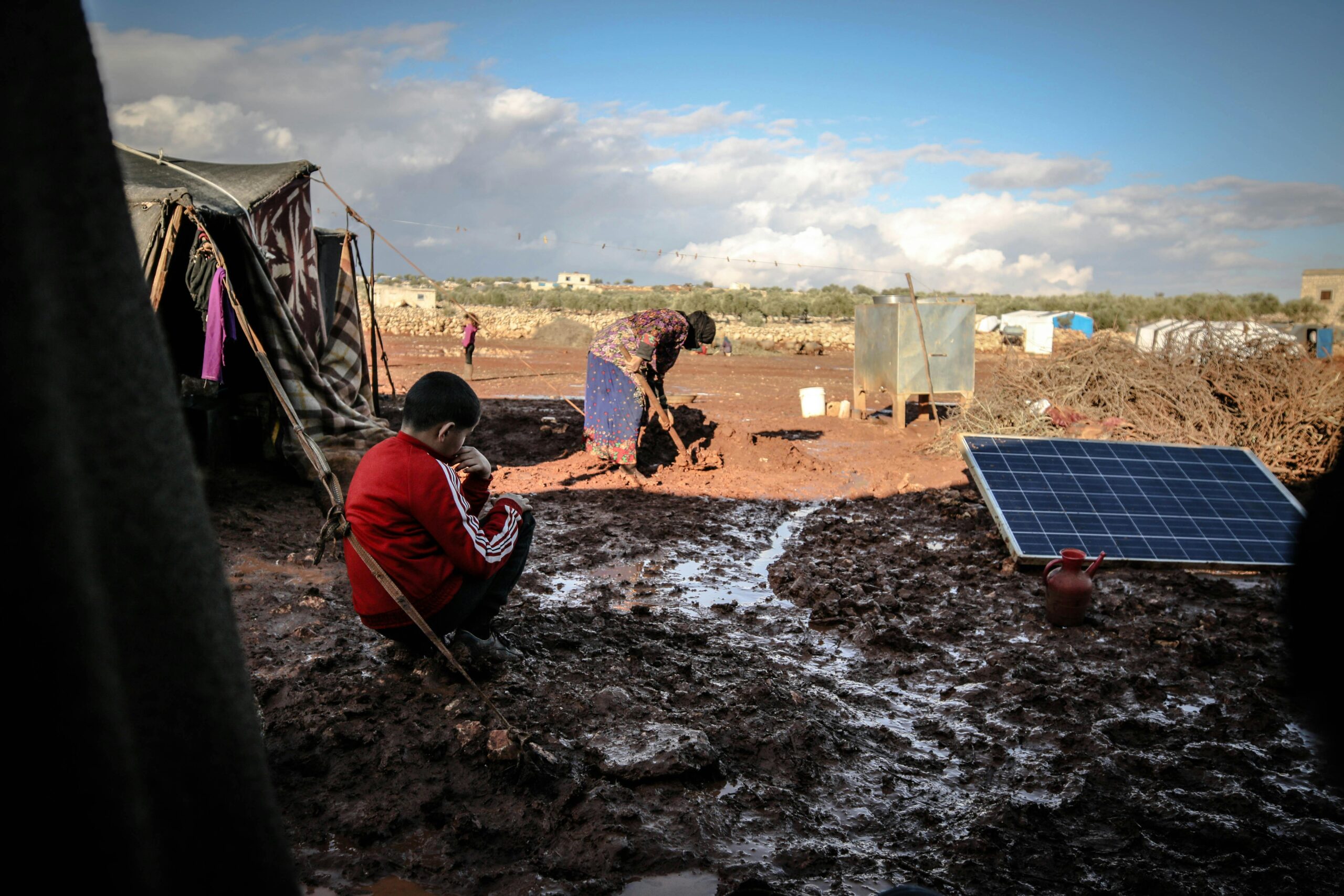Recent shifts in Canadian immigration policy signal a pivotal change in the nation’s approach to population growth. After years of record-breaking intake, the federal government is now applying the brakes, leading to a significant slowdown. This article provides an in-depth analysis of these tightened immigration policies, their effect on Canada’s population trajectory, and the profound implications for temporary residents, including study and work permit holders.
A Fundamental Pivot: Understanding the Rationale Behind Canada’s New Immigration Strategy
The move to curtail immigration levels marks a significant departure from Canada’s long-standing strategy of aggressive population growth fueled by newcomers. For years, the narrative has been one of expansion, with immigration seen as the primary solution to demographic challenges like an aging population and labour shortages. However, this rapid influx, particularly in the temporary resident category, has placed immense pressure on the country’s social infrastructure. The core rationale behind this policy pivot is the urgent need to address the resulting housing crisis, overwhelmed healthcare systems, and strained public services. Government officials have explicitly linked the rapid increase in non-permanent residents (NPRs) to the exacerbation of these domestic issues. By implementing caps and tightening eligibility, Immigration, Refugees and Citizenship Canada (IRCC) aims to create a more sustainable and manageable growth model. This strategic recalibration is not about halting immigration entirely but about aligning intake numbers with the country’s capacity to adequately absorb and support new arrivals, ensuring a better quality of life for both newcomers and existing residents.
From a policy perspective, this represents a shift from a purely economic and demographic focus to a more holistic, socio-economic approach. The Immigration Levels Plan is now being designed with greater consideration for domestic absorptive capacity. This involves closer collaboration between federal, provincial, and municipal governments to ensure that infrastructure development keeps pace with population growth. The objective is to stabilize the number of temporary residents, which had seen exponential growth, and rebalance the focus towards permanent residency pathways that are more directly tied to long-term labour market needs. This calculated slowdown is intended to provide a necessary ‘breathing room’ for communities across Canada to catch up, build more homes, and expand services, ultimately fostering a more stable environment for future immigration.
The Epicenter of Change: How New Rules Directly Impact Temporary Residents in Canada
Temporary residents—comprising international students, temporary foreign workers, and other permit holders—are at the very center of this policy overhaul. They represent the most flexible component of immigration intake, and therefore, the most immediate target for reduction. For international students, the changes have been particularly dramatic. The introduction of a national cap on new study permits, distributed among provinces, is the most direct measure to curb numbers. Furthermore, significant adjustments to the Post-Graduation Work Permit (PGWP) program have narrowed eligibility, particularly for students in public-private partnership college programs. This move is designed not only to reduce the overall volume of students but also to steer prospective applicants towards institutions and programs deemed to be of higher quality and more aligned with Canada’s economic needs. These measures collectively signal that obtaining a study permit and a subsequent pathway to work in Canada is becoming a more competitive and scrutinized process.
Similarly, the Temporary Foreign Worker Program (TFWP) is undergoing critical adjustments. The government is reducing the percentage of temporary foreign workers that certain employers can hire and is scaling back some of the eased conditions for obtaining a Labour Market Impact Assessment (LMIA). These changes are intended to re-emphasize the program’s original purpose: to be a last resort for filling labour shortages when no Canadian or permanent resident is available. For work permit holders and their employers, this means a more rigorous application process and a greater need to demonstrate genuine labour market needs. The overarching goal is to decrease the country’s reliance on temporary labour and encourage employers to invest more in training the domestic workforce. For thousands of individuals hoping to use temporary status as a bridge to permanent residence, these tightened regulations create new hurdles and demand more strategic planning.
Analyzing the Numbers: From Record Highs to a Deliberate Slowdown in Canadian Population Growth
The statistical impact of Canada’s recent immigration boom is staggering. In a single year, the country’s population grew by over 1.2 million people, a rate unparalleled among developed nations, with temporary residents accounting for the vast majority of this increase. This explosive growth, while addressing labour shortages in the short term, proved unsustainable. The current policy shift is a direct response to these figures. The government’s new targets aim to reduce the share of temporary residents in the total population from its current high of 6.2% down to 5% over the next three years. This translates to a significant reduction in the number of new temporary permits being issued annually. The ‘flatlining’ of population growth described in recent reports refers to this intentional and sharp deceleration from the recent peak. It is not a stop, but a controlled descent to a more manageable and sustainable rate of growth that allows for better economic and social integration.
This deliberate slowdown will be most visible in quarterly population reports from Statistics Canada. Where reports once highlighted record-breaking increases, future data is expected to show a much more modest and stable growth curve. This controlled approach is a core component of the new, multi-year Immigration Levels Plan. It reflects a strategic decision to prioritize long-term stability over short-term expansion. Here are some of the key takeaways from this policy shift:
- Focus on Sustainability: The primary driver is to align population growth with the nation’s capacity to provide housing and essential services.Reduction in Temporary Residents: The government is actively working to decrease the number of non-permanent residents (NPRs) after a period of unprecedented growth.Stricter Study Permit Rules: A national cap and revised PGWP eligibility are making the international student pathway more competitive.Tighter Scrutiny for Work Permits: Changes to the TFWP and LMIA process mean employers must meet a higher bar to hire foreign workers.Long-Term Planning: This is a strategic pivot towards a more stable and predictable immigration system, favouring pathways to permanent residency that fill critical, long-term economic needs.
Navigating the New Landscape: Critical Insights for Applicants and Employers
For prospective immigrants, these tightened immigration policies necessitate a fundamental shift in approach. The era of relatively straightforward entry, particularly for students and temporary workers, is giving way to a more competitive environment. Aspiring students must now be more selective in their choice of program and institution, favouring those that offer clearer pathways to in-demand professions and are less affected by the new PGWP restrictions. Thorough research and early application are more critical than ever. For individuals seeking work permits, securing a job offer backed by a positive LMIA has become increasingly valuable. This is because LMIA-supported positions are often tied to proven labour shortages, making them a higher priority within the immigration system. Applicants should focus on building strong profiles, gaining relevant work experience, and improving language scores to stand out in a more crowded and discerning field of candidates.
Canadian employers are also facing a new reality. The reduced access to temporary foreign workers means businesses must pivot their recruitment strategies. There is a growing imperative to invest in the domestic labour market through training, upskilling, and offering more competitive wages and working conditions. For companies that still need to hire from abroad, the LMIA process will require more robust and convincing evidence of recruitment efforts and shortages. Employers should anticipate longer processing times and a higher degree of scrutiny from Employment and Social Development Canada (ESDC). Proactive human resource planning, which includes exploring pathways like the Provincial Nominee Programs (PNPs) that target specific regional labour needs, will be essential for navigating this challenging new landscape and ensuring a stable workforce for the future.
Frequently Asked Questions
What is the main reason for Canada’s tightened immigration policies?
The primary reason is to address the severe strain on Canada’s infrastructure, including the housing crisis and healthcare systems, caused by rapid population growth. The government aims to better align the number of new arrivals with the country’s capacity to support them.
How do the new rules affect study permit holders in Canada?
The new rules introduce a national cap on the number of new study permits issued annually. Additionally, eligibility for the Post-Graduation Work Permit (PGWP) has been restricted for students in certain college programs, making the pathway from student to worker more competitive.
What are temporary residents in Canada?
Temporary residents, also known as non-permanent residents (NPRs), are foreign nationals who are in Canada on a temporary basis. This group primarily includes international students with study permits, foreign workers with work permits, and asylum claimants.
What does the ‘flatlining’ of Canadian population growth mean?
The term ‘flatlining’ refers to the deliberate and significant slowing of Canada’s population growth rate after a period of record-breaking increases. It does not mean growth has stopped, but rather that it is being intentionally reduced to a more sustainable and manageable level.
How are Canadian employers affected by the new immigration policies?
Canadian employers are affected by reduced access to temporary foreign workers due to stricter rules for programs like the TFWP. They now face a more rigorous process to prove labour shortages and are encouraged to invest more in the domestic workforce.
Talk to us to find out more. ->
The content above is not intended to provide legal advice or opinions of any kind and may not be used for professional or commercial purposes.







